#lesbian cinema
Text
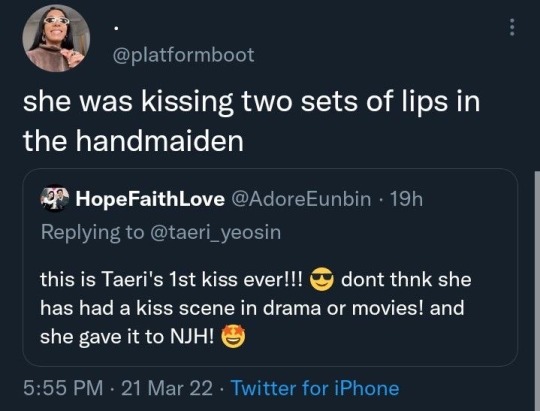
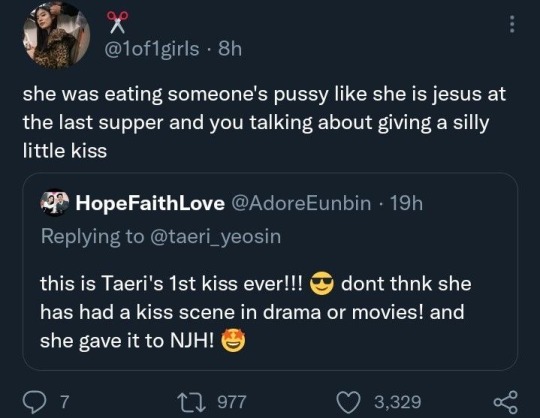
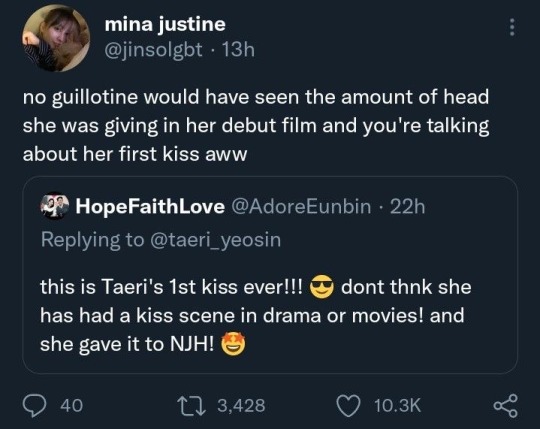
this is the funniest thing that has ever happened i think
#the handmaiden#lesbian#wlw#sapphic#wlw film#sook hee#lady hideko#lesbian cinema#gl#kim tae ri#kim min hee#twitter
6K notes
·
View notes
Text




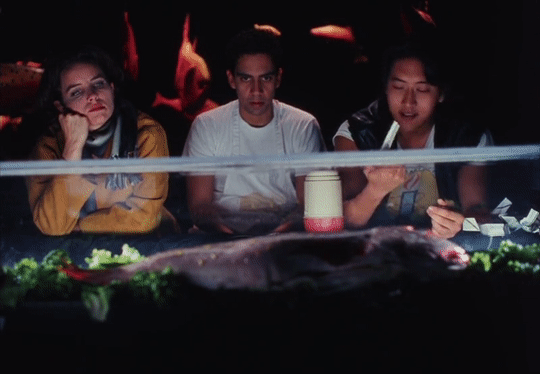
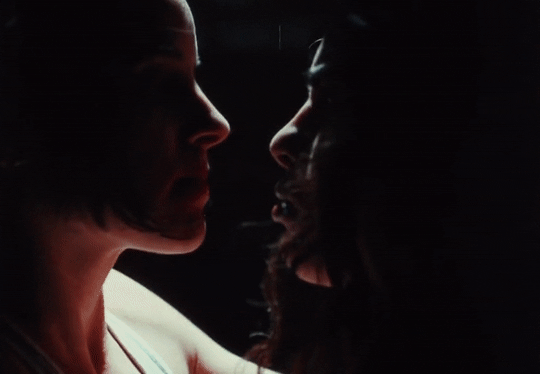


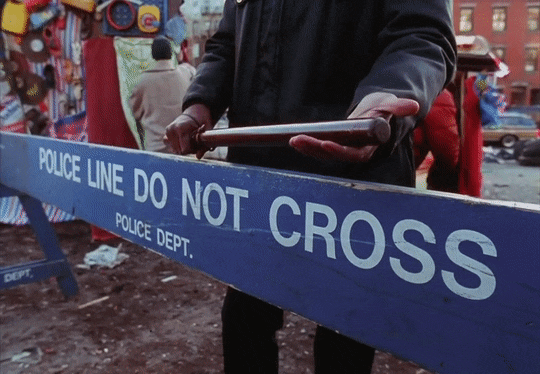
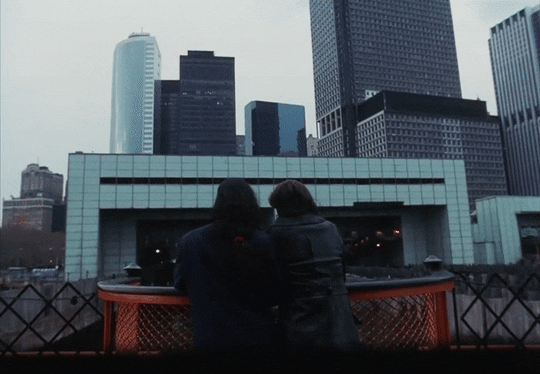
FRESH KILL (1994)
dir. Shu Lea Cheang
Shareen Lightfoot and Claire Mayakovsky raise their daughter Honey near the Fresh Kills Landfill on Staten Island in New York City. Shareen works as a salvager recovering refuse from the landfill, while Claire works as a waitress at a sushi restaurant. The city is heavily contaminated with pollution that adversely affects local animals and food; Claire brings home contaminated fish from the restaurant that is eaten by Honey, who begins glowing green and then vanishes. Shareen and Claire discover that the multinational GX Corporation is responsible for the pollution and Honey's disappearance, and become involved in an effort to hack and expose the company with sushi chef/hacker Jiannbin Lui, and poet/dishwasher Miguel Flores. (link in title)
#lgbt cinema#lesbian cinema#fresh kill#fresh kill 1994#british cinema#us cinema#lgbt#lesbian#usa#uk#lgbt movie#lesbian movies#us movie#british movies#lgbt film#lesbian film#us film#british film#lgbt media#lesbian media#shu lea cheang#sarita choudhury#Erin McMurtry#1994#90s#1990s#90s movies#90s cinema#90s films#1990s movies
516 notes
·
View notes
Text
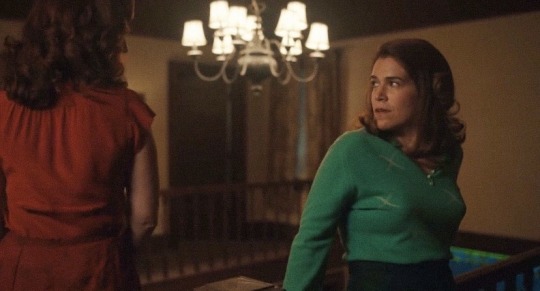
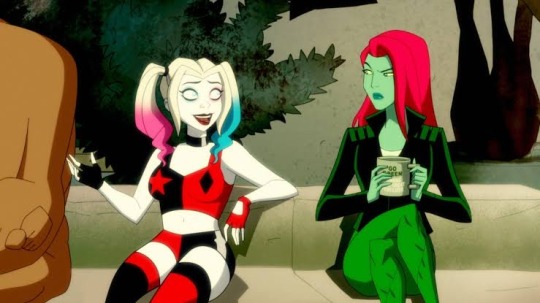
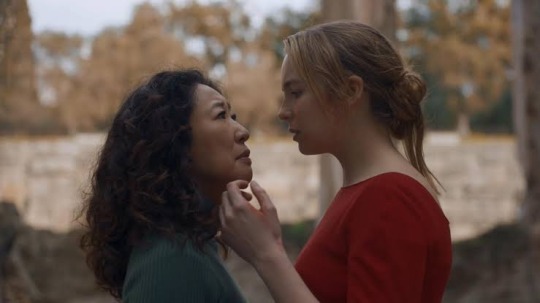


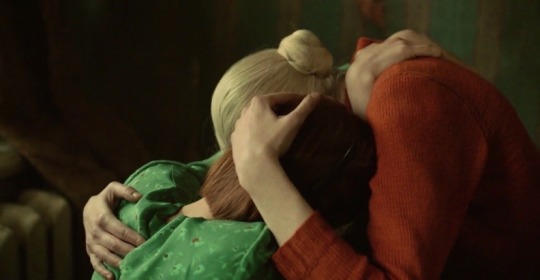
christmas tree queers
#carol 2015#carol#cate blanchett#rooney mara#a league of the own series#carson shaw#greta gill#harley quinn#harley quinn animated show#poison ivy#harlivy#killing eve#villaneve#eve polastri#villanelle#portrait of a lady on fire#beanpole#sapphic cinema#sapphic#lesbian cinema#cinematic parallels
3K notes
·
View notes
Text
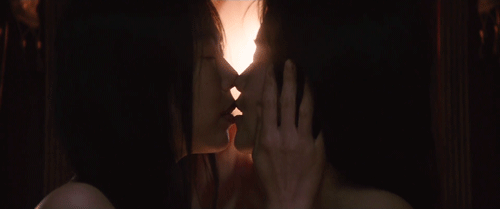
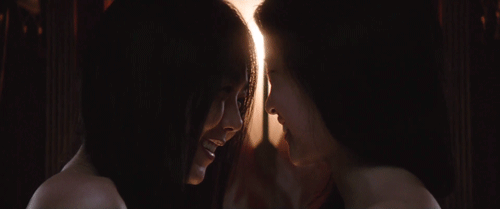
#lesbian#gay#wlw#lgbt#lesbians#girls who like girls#the handmaiden#film#kiss#love#sweet#cute#cute couple#gay couple#lesbian cinema#lesbian kiss#sapphic
633 notes
·
View notes
Text

Blue Jean (2022) dir. Georgia Oakley
164 notes
·
View notes
Text

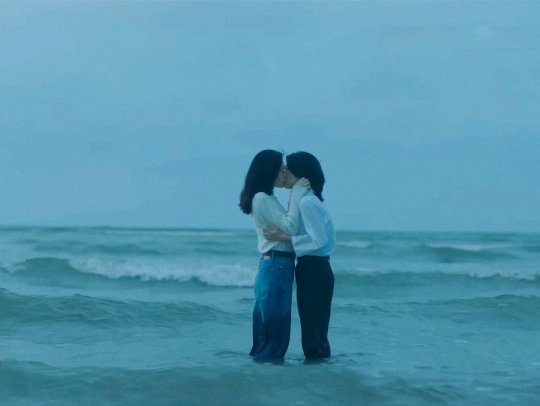
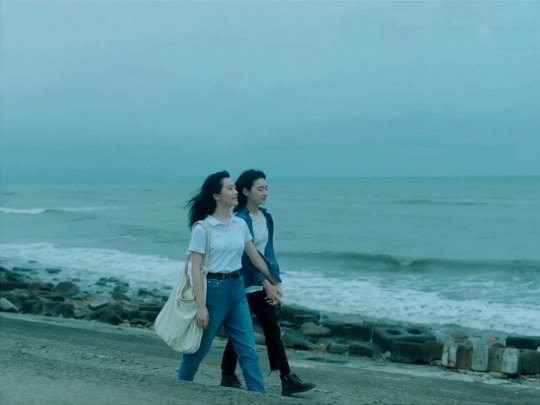
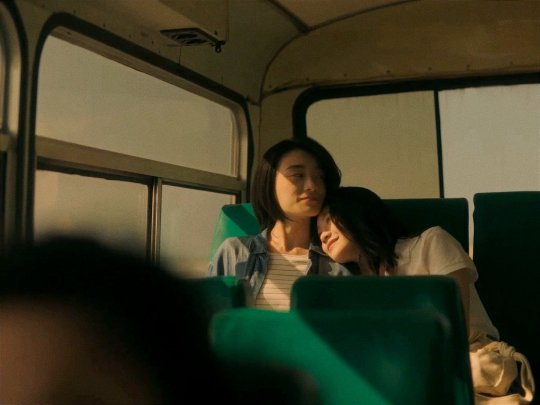
青春並不溫柔 - Who'll stop the rain (2023) dir. Su I-hsuan
38 notes
·
View notes
Photo
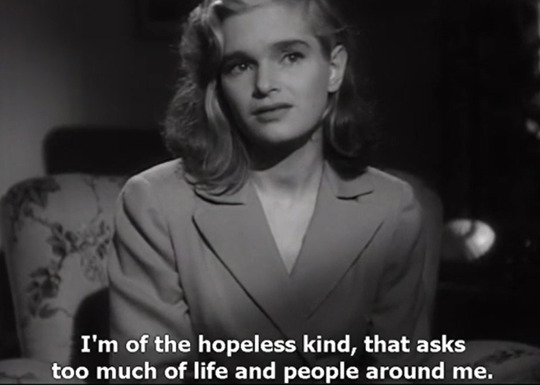
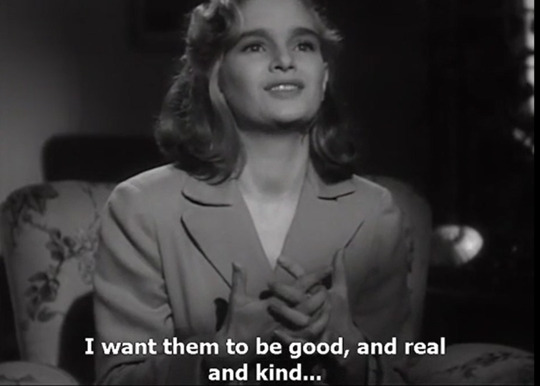
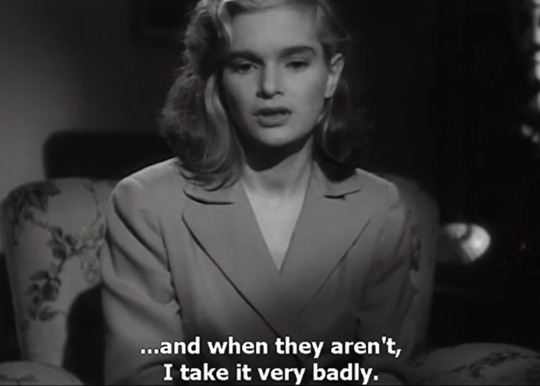
#Girl with Hyacinths#Flicka och hyacinter#1950#Swedish#Swedish film#Sweden#Eva Henning#lesbian film#lesbian cinema#lesbian
1K notes
·
View notes
Text



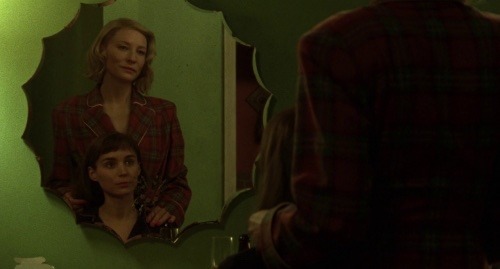





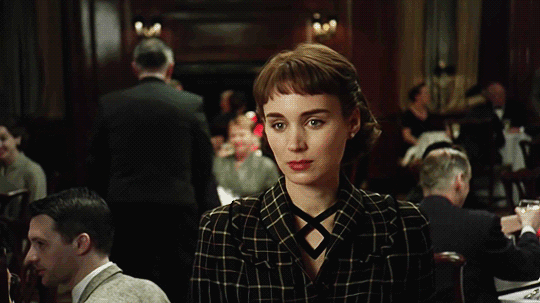
carol (2015)
#carol#carol 2015#rooney mara#cate blanchett#queer#queer cinema#lesbian#lesbian cinema#sarah paulson#lgbtq#lgbtq cinema#lgbtq film#letterboxd#film#film stills#film screencaps#movie stills#cinemetography#cinema#cinephile#oscars
26 notes
·
View notes
Text







But I’m a Cheerleader 1999 dir. Jamie Babbit
190 notes
·
View notes
Text
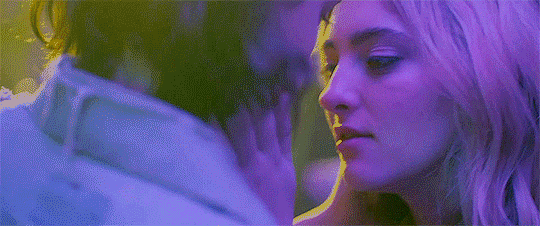
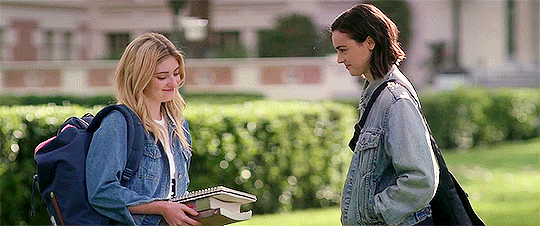
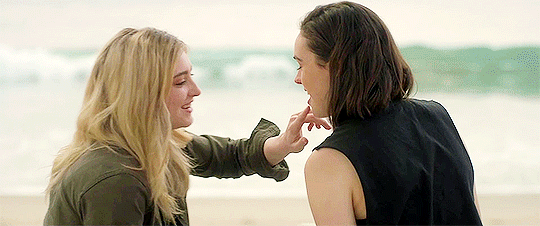
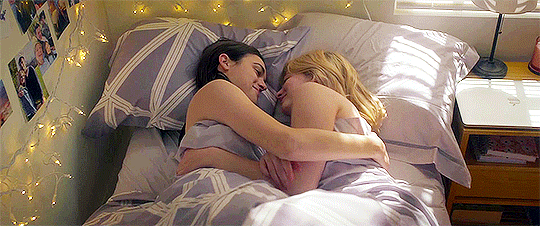
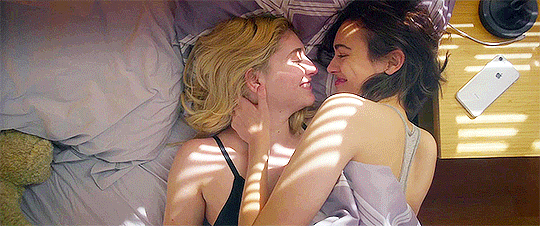

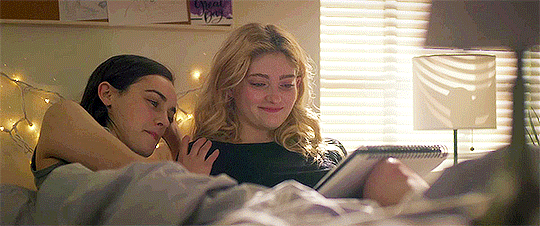
Willow Shields and Ava Capri as Abbie and Karly in When Time Got Louder (2022) directed by Connie Cocchia
747 notes
·
View notes
Text
the funniest scene of all time i think
#this is real cinema#bottoms movie#bottoms 2023#wlw#lesbian#sapphic#lesbian cinema#lesbian media#rachel sennott#ayo edebiri#havana rose liu#kaia gerber#ruby cruz#nicholas galitzine
1K notes
·
View notes
Photo

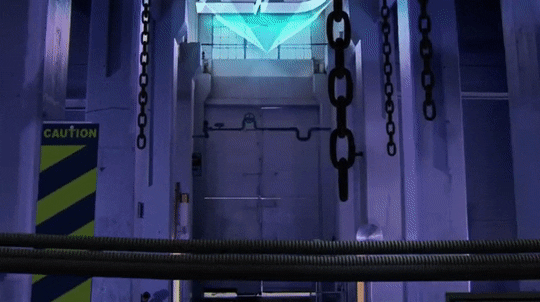




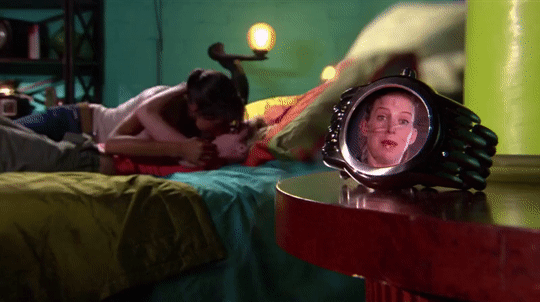
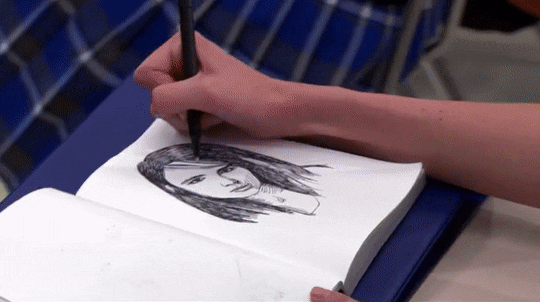
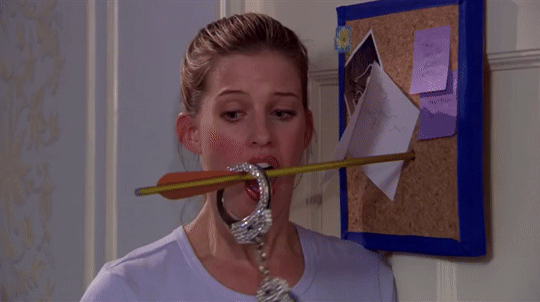
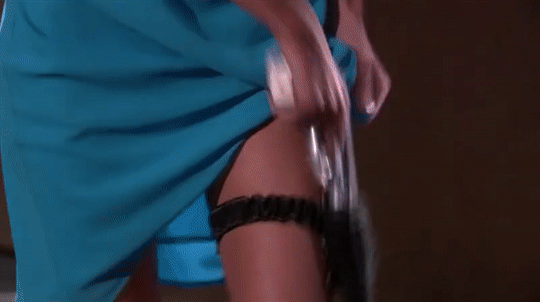
D.E.B.S. (2004)
dir. Angela Robinson
Recruited by the U.S. government for their unique ability to lie, cheat and fight, Amy, Max, Janet and Dominique join an underground academy of secret agents known only as D.E.B.S. These crime fighting hotties set out to save the world and keep their lipstick perfectly applied while doing so. Now the girls must combine their skills for their most important mission- to capture vexing vixen Lucy Diamond, the deadliest criminal the world has ever known. When D.E.B.S. star player, Amy, falls for Lucy, chaos erupts and the D.E.B.S. loyalty is put to the test.
(link in title)
#lgbt cinema#lesbian cinema#debs#d.e.b.s.#d.e.b.s. 2004#us cinema#lgbt#lesbian#usa#lgbt movie#lesbian movies#us movie#lgbt film#lesbian film#us film#lgbt media#lesbian media#queer cinema#north american cinema#angela robinson#sara foster#jordana brewster#devon aoki#jill ritchie#meagan good#2004#00s#2000s#00s movies#00s film
594 notes
·
View notes
Text


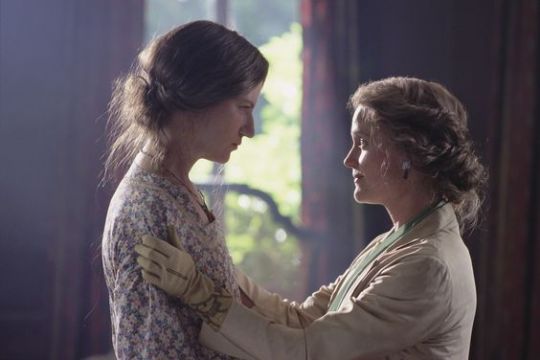

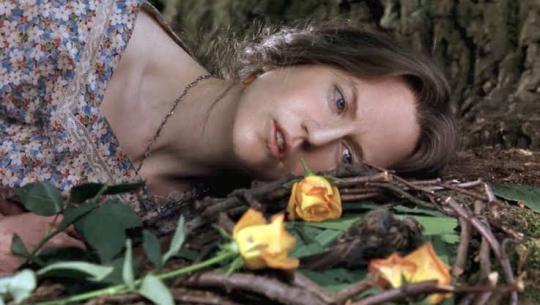

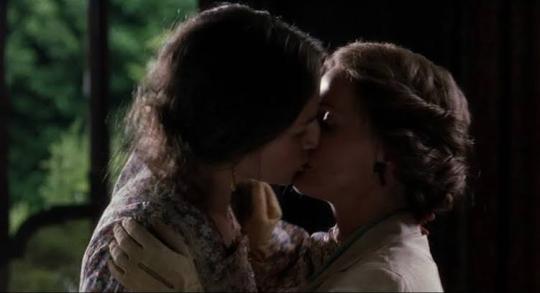
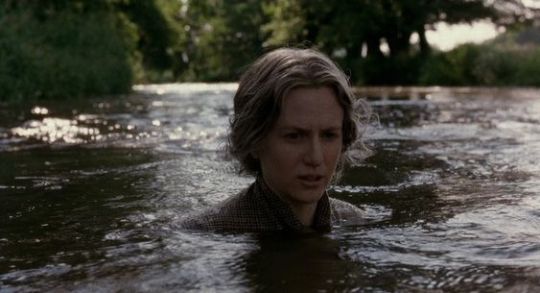
Nicole Kidman as Virginia Woolf in The Hours (2002)
#nicole kidman#virginia woolf#the hours#the hours movie#the hours 2002#sapphic#wlw#sapphic cinema#lesbian cinema#queer cinema#literature#michael cunningham#vita and virginia
20 notes
·
View notes
Text
I highly recommend Huesera: The Bone Woman to any feminist horror fans out there! I was shocked by how visceral and relatable it was. I won't spoil too much, but this is the first feature film of the director, Michelle Garza Cervera, and I'm so excited to see what she does next.
84 notes
·
View notes
Text
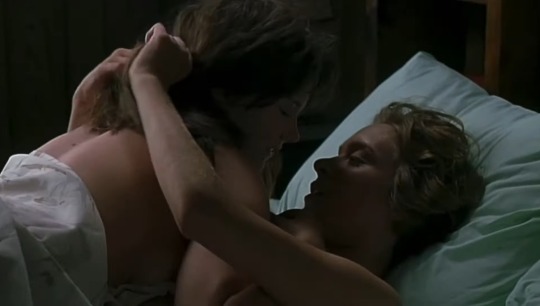

thinking about them today


#if these walls could talk 2#amy and linda#michelle williams#chloe sevigny#butchfemme#butch4femme#femme4butch#lesbian cinema#lesbian film#lesbian
72 notes
·
View notes
Text
My essay for my film history class on “But I’m A Cheerleader” and lesbian cinema history:
I wanted to post this because I found it very interesting while doing my research into queer cinema history. It’s not the best essay and the end could be better but I am a first year Uni student lol. Please don’t like plagiarize or whatever lol. It’s also 2000 words.
Camp, Queer History and Cheerleaders.
Though lesbians have existed throughout history, history has fought to bury them and their experiences, with the media of film being no different. Lesbians in film were not somewhat normalized until the 1990s; the first major lesbian film in North America (directed by a lesbian) was Desert Hearts by Donna Deitch, released in 1985. This was followed by what some have deemed the Queer Revolution in media in the 90s. With the end of the Production Code Administration or Hays Office (also known as the 'Hays Code') in 1968, it created opportunities for queer people to tell their stories, and with the milestones queer rights took after the Stonewall Riots, the queer community was more united than ever. With the rise of more readily accessible film equipment, movies made by lesbians for lesbians began to hit the screens. It is important to note the distinction between films focusing on lesbian or women-loving-women (WLW) relationships made by queer women versus those made by straight men, as movies made by men tend to have a distinct Male Gaze. As Laura Mulvey said, "In a world ordered by sexual imbalance, pleasure in looking has been split between active/male and passive/female… Women displayed as a sexual object is the left-motiff of erotic spectacle… she holds the look, plays to and signifies male desire" (809). When talking today about popular queer films, most brought up were made in the 90s. Specifically, one film made in 1999 became a cult classic and a staple for queer cinema. But I'm a Cheerleader, directed by Jamie Babbit, is tag-lined as "A comedy of sexual disorientation." Despite its bright colors and Campy comedy, it tackles issues of sexism, homophobia (internalized, externalized and projected) and misogyny.
As mentioned, lesbian cinema did not make an appearance until 1985, which seems late when looking through the lens of North American society today. This late emergence can be directly linked to the mandatory and non-mandatory censorship present from the years 1934-1968 and 1968 to the modern day, which is still being affected by abolished codes set in place almost a century ago. As the film media became more popular among the masses, people began to worry about what was being shown to the populace. To quote Stephen Vaughn, "Fierce debates over the content and control of the new medium arose in the early days of silent film and intensified with the advent of sound technology" (39). He goes on to further mention how groups like progressive reformers and religious and civic organizations wanted (and tried many times) to censor and control not only the content of the films being shown but also the types of people making them (40). Starting from a list of "Do not's and Be carefuls" that aligned with Christian/Catholic values, the Hays Code was created and fully established in 1934. The Hays Code had many guidelines that today would be considered discriminatory, for example, no white slavery and any inference of sex perversion (interracial couples and homosexuality) (44).
Since homosexuality was censored from the screens, people got creative in implying and subtlety making reference to queer struggles and relationships; this became known as Queer-Coding. Even after the end of the Hays Code era and the start of The Motion Picture Association of America (MPAA), queer people were rarely openly depicted. More often than not, they ended up being queer-coded characters, with the implication being left for the audience to pick up on and read between the lines. As homosexuality was still not in public favour, open depictions, especially those not from the male gaze, were rare and even more so rarely celebrated. The depictions from the male gaze were often harmful, stereotypical and deeply rooted in homophobia. As Melinda Roddy wrote, "People felt compelled to self-regulate as a result of this and the lasting effects of the Hays Production Code of 1930. The film industry was under official or unofficial censorship for nearly half a century, and this restricted the movies that could be made, especially films about LGBTQ+ characters" (126). The Stonewall Riots of 1969 was a needed push for the queer community to further establish queer activism in America, and the Aids Crisis of the 1980s pushed the lesbian and gay communities to become a more unified front. (Prior to the Aids Crisis, the two communities were divided by sexism. "While men who are attracted to men are discriminated against and marginalized by the homophobia of American society, Sapphic women are affected by both homophobia and sexism" (125).) Now having a unified front and queer activists, the fight against homophobia was rampant. This opened up doors for queer filmmakers to tell the story that people fought so hard to censor for decades prior, and so on September 12th, 1999, But I'm a Cheerleader premiered at the Toronto International Film Festival.
The film follows Megan who appears to be your typical high school cheerleader she has an all American football playing boyfriend, she is blonde, wears girly clothes and is a Christian. Except Megan hates kissing her boyfriend, has pictures of bikini-clad women in her locker and is a vegetarian. Fearing their daughter is a lesbian, Megan's parents send her to 'New Directions,' a "rehabilitation" camp to help Megan become "Ex-Gay" in five easy steps. As Megan arrives at New Directions, it can only be described as a campy, life-sized doll house. Before going into an in-depth analysis, it is important first to note what Camp is, as the Camp is not only the main genre of the film but is quintessential to understanding the visual and narrative elements present in the film. To get a brief look into the art of Camp, refer to Susan Sontag's first, third and seventh notes on Camp. The first note on Camp, "To start very generally: Camp is a certain mode of aestheticism. It is one way of seeing the world as an aesthetic phenomenon. That way, the way of Camp, is not in terms of beauty, but in terms of the degree of artifice, of stylization" (2). The third note on Camp is, "Not only is there a Camp vision, a Camp way of looking at things. Camp is as well a quality discoverable in objects and the behaviour of persons" (2). And the seventh note on Camp, "All Camp objects, and persons, contain a large element of artifice. Nothing in nature can be campy" (3).
Though Camp is present throughout almost every aspect of this film, it appears most extravagantly in the set and visual design of New Directions itself. The house mimicked a Barbie doll house and is brightly coloured in almost neon pinks, greens, yellows and blues, with each room having a mostly monochromatic colour palette. This is true to Camp in its distinct level of artifice, as what is a more false sense of reality than that of dolls in a doll house? Camp is used throughout the film to mock the expectations of society, gender roles and the idea that someone can become an "ex-gay." The women are dressed all in pink, a colour associated with femininity and girlhood, and a colour society dresses up little girls to drive home their assigned gender at birth. The steps to becoming an ex-gay include things like cooking, cleaning and childcare, and the stereotypical housewife expectations put on women to keep them isolated and submissive. The men similarly wear all blue and do things like sports, fixing cars and playing with guns, all while phallic-looking symbols surround them, for example, the large blue wrench and wheels in the background of the fixing car scene and the blue cut-out of a man holding a "gun' to another man on his knees in the playing war scene. The film goes so far with the idea of falsehood that the characters' outfits are made of fake shiny plastic at the graduation ceremony, and their hair is done perfectly. They could be mistaken for dolls; it is a visual representation of how they have been forced by themselves and the authority figures to be exactly what they want them to be, not who they are.
Referring back to nothing in nature can be campy; the moments where Megan and the others are true to their nature and self are moments most free from the camp lens. The moment when Megan realizes she is a homosexual starts with light disorientating music and camp over-the-top visuals of her realizations. Her outburst is met with praise and hugs, which is Camp, but as her peers leave and she is left to sob on her own, the absence of back music is prominent as nothing can be heard besides her sobs as the camera cuts back to show her in the now empty room, with no one to face but herself. Most of the private moments between Graham and Megan also lack the falsehood of the majority of the movie. The first real private conversation the girls have takes place outside in nature, down the hill from the doll-like house. At the 36-minute mark, they have an open conversation where Graham says the line, "This is bullshit Megan, you are who you are. The only trick is not getting caught." It is the first time Megan begins to look at homosexuality from another lens, not the hateful agenda pushed upon her.
The contrast between the figures of authority and the subordinate characters is most prominently the level of falseness and Camp. The boy's teacher, Mike, is a so-called "ex-gay," but he constantly eyes up Mary's son and follows all of the behaviours he preaches against. Played by famous drag queen, comedian and advocate RuPaul, who is known for being gay, we instantly associate and see the repression of his character. The most false of all is the head of New Directions, Mary Brown. She is constantly wearing the most eye-blinding shade of neon pink, standing out in every scene she is in like a sore thumb. Nothing about her is natural; her face bears too much makeup, and her tone of voice is a forced grating mimicry of calm collectiveness; even her son is gay, regardless of the steps she takes to fix him. It is comical when she encourages youth to follow their "true direction" when she is never true to herself outside of the compounds of her hate and anger. Multiple times, the figures of authority are shot from a low angle when addressing the subordinate character, making them seem larger than life, towering over the kids, emphasizing the power that Mary and Mike have over them.
But I'm a Cheerleader has become a cult classic within the queer community and has had a long-lasting impact on generations of queer people; for its representation and campy comedy, it explores and subverts traditional depictions of queerness in media while addressing issues of homophobia and misogyny. While some say the Campy comedy hides the complex issues presented in the film, an argument can be made that the over-the-top Camp set design, clothes and dialogue provide a deeper look into the harsh, complex issues that people tend to shy away from when presented with at face value. Gay conversion camps were a serious problem that killed and affected many LGBTQ+ people, some of whom the trauma still harms to this day. But what better way to display and sort through complex trauma than by turning the joke onto the oppressors themselves? Queer cinema has come a long way from the heavily censored era of the Hays Code and, with the efforts of hard work from the queer community, has continued to grow and evolve.
Works Cited
But I’m a Cheerleader. Dir. Babbit, J. Act. Lyonne, N. DuVall, C. 1999, Lionsgate.
Mulvey, L. Visual Pleasure and Narrative Cinema, 1975.
Vaughn, S.. Morality and Entertainment: The Origins of the Motion Picture Production Code, 1990.
Roddy, M. Sapphic Cinema: An Exploration of Films about Gay Women and their Relationships to American Society in the Reagan Era and Beyond, 2018.
Sontag, S. Notes On “Camp”, 1964
Also special thanks to @schrodingerspsycho for reminding me to post this!!
#lesbian#but im a cheerleader#desert hearts#cinema#queer history#film history#film school#film student#film studies#essay#lesbian cinema#van palmer#tagging Van Palmer because she knows all about this shit lol
14 notes
·
View notes